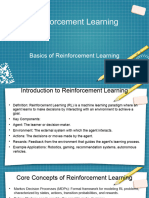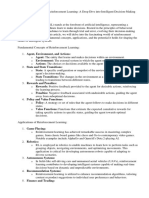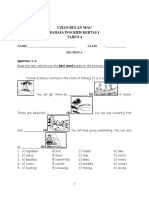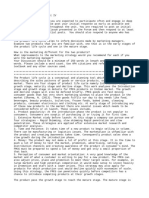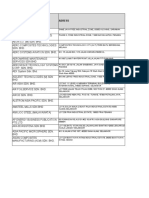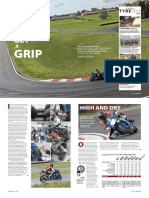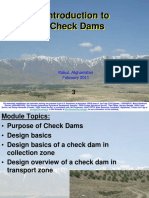0% found this document useful (0 votes)
19 views3 pagesIntroduction To Reinforcement Learning (RL)
Reinforcement Learning (RL) is a machine learning approach where an agent learns to make decisions by interacting with an environment to maximize cumulative rewards. Key components include states, actions, rewards, policies, and value functions, with various types such as model-free and model-based learning. Applications of RL span across game playing, robotics, self-driving cars, and more.
Uploaded by
MSBlogCopyright
© © All Rights Reserved
We take content rights seriously. If you suspect this is your content, claim it here.
Available Formats
Download as DOCX, PDF, TXT or read online on Scribd
0% found this document useful (0 votes)
19 views3 pagesIntroduction To Reinforcement Learning (RL)
Reinforcement Learning (RL) is a machine learning approach where an agent learns to make decisions by interacting with an environment to maximize cumulative rewards. Key components include states, actions, rewards, policies, and value functions, with various types such as model-free and model-based learning. Applications of RL span across game playing, robotics, self-driving cars, and more.
Uploaded by
MSBlogCopyright
© © All Rights Reserved
We take content rights seriously. If you suspect this is your content, claim it here.
Available Formats
Download as DOCX, PDF, TXT or read online on Scribd
/ 3












